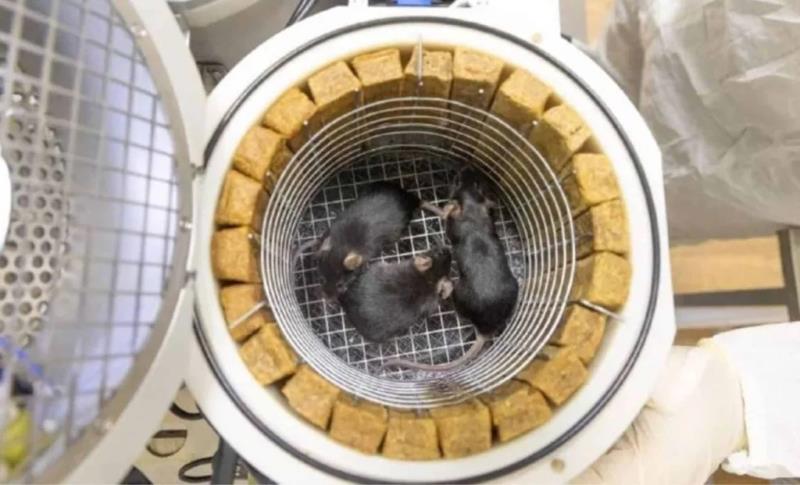How Mice, Flies & Moon Soil Studies Shape the Future
Scientists are making groundbreaking discoveries in space exploration by studying mice, fruit flies, and moon soil analogs. These experiments help us understand how living organisms adapt to microgravity, radiation, and extraterrestrial environments—key steps toward long-term space travel and colonization.
Why Use Mice and Flies in Space Research?
Mice and fruit flies are ideal for space biology studies because they share genetic similarities with humans and reproduce quickly. Recent experiments reveal how microgravity affects muscles, bones, and even genetics.
Key Findings from Space Experiments
✔ Mice in microgravity show muscle loss and weakened bones—similar to astronauts.
✔ Fruit flies help study genetic mutations caused by space radiation.
✔ Both species provide insights into long-term human survival in space.
Moon Soil Analog: Simulating Lunar Conditions
Since real moon soil is rare, scientists use Earth-made analogs to test:
- Plant growth – Can crops thrive in lunar soil?
- Construction materials – Can moon dust be used for habitats?
- Toxicity risks – Is lunar dust harmful to humans?
Early results suggest some plants can grow in treated moon soil, a promising sign for future space colonies.
What This Means for Human Space Travel
These studies help scientists:
✅ Develop countermeasures against muscle atrophy and bone loss in astronauts.
✅ Improve radiation shielding for spacecraft.
✅ Plan sustainable moon and Mars habitats using local resources.
The Future of Space Exploration
With NASA’s Artemis program and private space ventures accelerating, research on mice, flies, and moon soil analogs will play a crucial role in making interplanetary living a reality.
Stay updated on the latest space biology breakthroughs by exploring our related articles on future space missions and astronaut health.



Comments (0)
No comments yet. Be the first to comment!
Leave a Comment